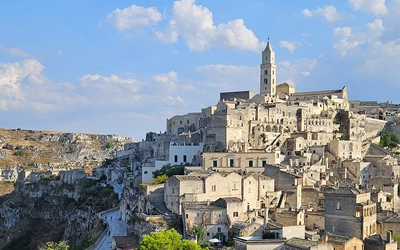
Article

Italy offers wonderful opportunities to walk and trek. Stretching from the Maritime Alps to the UNESCO Dolomites, the Italian Alps are crossed with GR routes and Alta Via trails, via ferrata and opportunities for canyoning. Contrast these mountain regions with the countryside of Tuscany and Umbria, with their ancient pilgrim trails and artistic heritage, the high and challenging Apennine chain, the scented clifftops and lemon groves of the Amalfi coast, and the sandy beaches and ever-brooding Mt Etna on Sicily.
38 Books Available
18 Articles Available